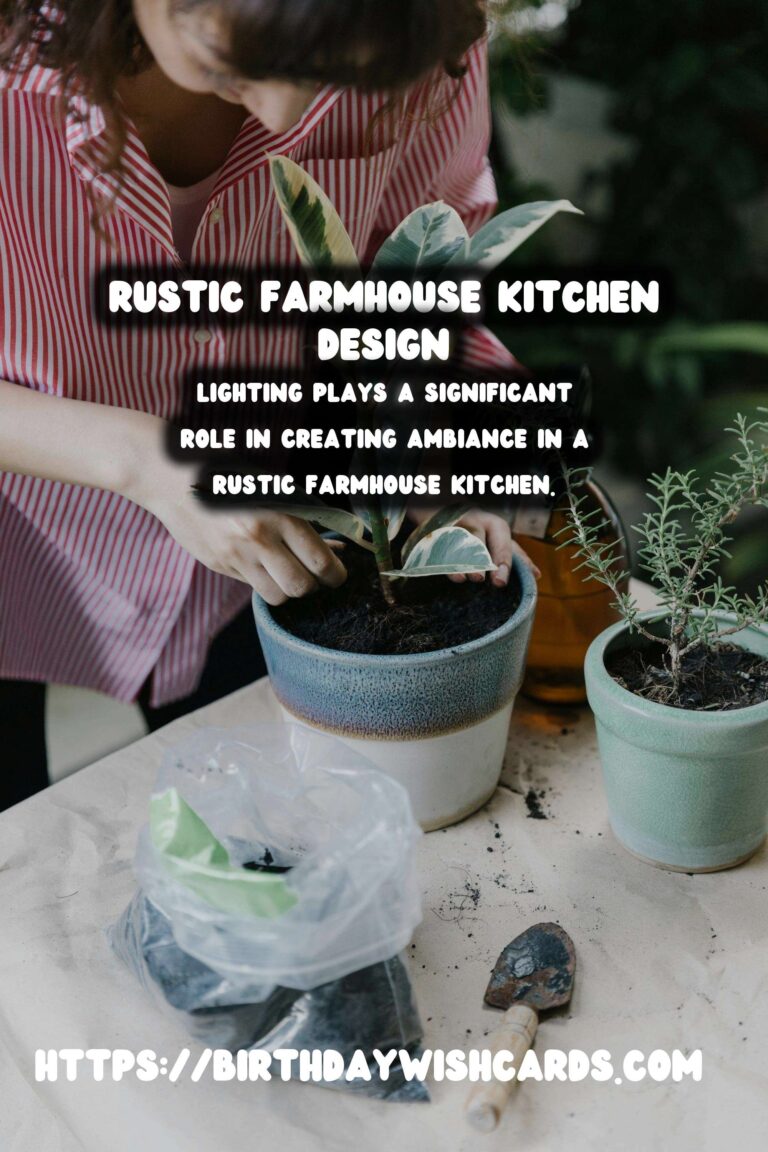
The charm of a rustic farmhouse kitchen lies in its simplicity and warmth, evoking a sense of nostalgia and comfort. This style combines the practicality of a working kitchen with the aesthetic appeal of rustic elements. Whether you’re renovating an existing kitchen or designing a new one, incorporating rustic farmhouse elements can transform your space into a cozy and inviting hub of your home.
Understanding the Rustic Farmhouse Style
The rustic farmhouse style is characterized by a blend of natural materials, vintage elements, and a neutral color palette. It draws inspiration from traditional farmhouses, highlighting functionality and simplicity. Key features include exposed beams, wooden floors, open shelving, and a mix of textures and finishes.
Choosing the Right Materials
When designing a rustic farmhouse kitchen, the choice of materials plays a crucial role. Wood is a dominant material, often used for floors, cabinets, and countertops. Reclaimed wood adds authenticity and character, while distressed finishes enhance the rustic appeal. Stone, brick, and metal accents can be used to complement the wood and add depth to the design.
Color Palette and Finishes
The color palette of a rustic farmhouse kitchen typically includes warm and neutral tones. Whites, creams, beiges, and soft grays create a calming backdrop, allowing natural wood grains and textures to stand out. Consider adding pops of color through accessories or textiles like rugs and curtains.
Incorporating Vintage and Antique Elements
Vintage and antique elements are essential in creating an authentic rustic farmhouse kitchen. Look for antique furniture pieces, vintage lighting fixtures, and retro-style appliances to add character and charm. Flea markets, antique shops, and online marketplaces are great sources for unique finds.
Functional Layout and Open Shelving
A functional layout is key to a successful rustic farmhouse kitchen. Consider an open floor plan that allows for easy movement and accessibility. Open shelving is a popular feature, showcasing dishes and cookware while adding to the rustic aesthetic. Use sturdy wooden shelves or reclaimed wood planks for a more authentic look.
Lighting and Hardware
Lighting plays a significant role in creating ambiance in a rustic farmhouse kitchen. Opt for pendant lights with industrial or vintage designs, and consider using Edison bulbs for a warm glow. For hardware, choose materials like wrought iron, brass, or copper to complement the rustic theme.
Accessorizing Your Rustic Farmhouse Kitchen
Accessorizing is the final touch in designing a rustic farmhouse kitchen. Consider adding woven baskets, potted herbs, vintage jars, and rustic wall decor to enhance the overall look. Textiles such as linen or cotton tablecloths, curtains, and cushions can add softness and color.
Maintaining the Rustic Aesthetic
To maintain the rustic farmhouse aesthetic, keep clutter to a minimum and focus on simplicity and functionality. Regularly update and rotate accessories to keep the space feeling fresh and personalized. Embrace imperfections as part of the charm, allowing natural wear and patina to enhance the rustic appeal.
Creating a rustic farmhouse kitchen is all about blending practicality with aesthetic appeal. By focusing on natural materials, vintage elements, and a neutral color palette, you can design a space that is both functional and inviting. Whether you’re cooking, dining, or entertaining, your rustic farmhouse kitchen will be the heart of your home.
The charm of a rustic farmhouse kitchen lies in its simplicity and warmth. Wood is a dominant material, often used for floors, cabinets, and countertops. The color palette of a rustic farmhouse kitchen typically includes warm and neutral tones. Vintage and antique elements are essential in creating an authentic rustic farmhouse kitchen. Lighting plays a significant role in creating ambiance in a rustic farmhouse kitchen. 
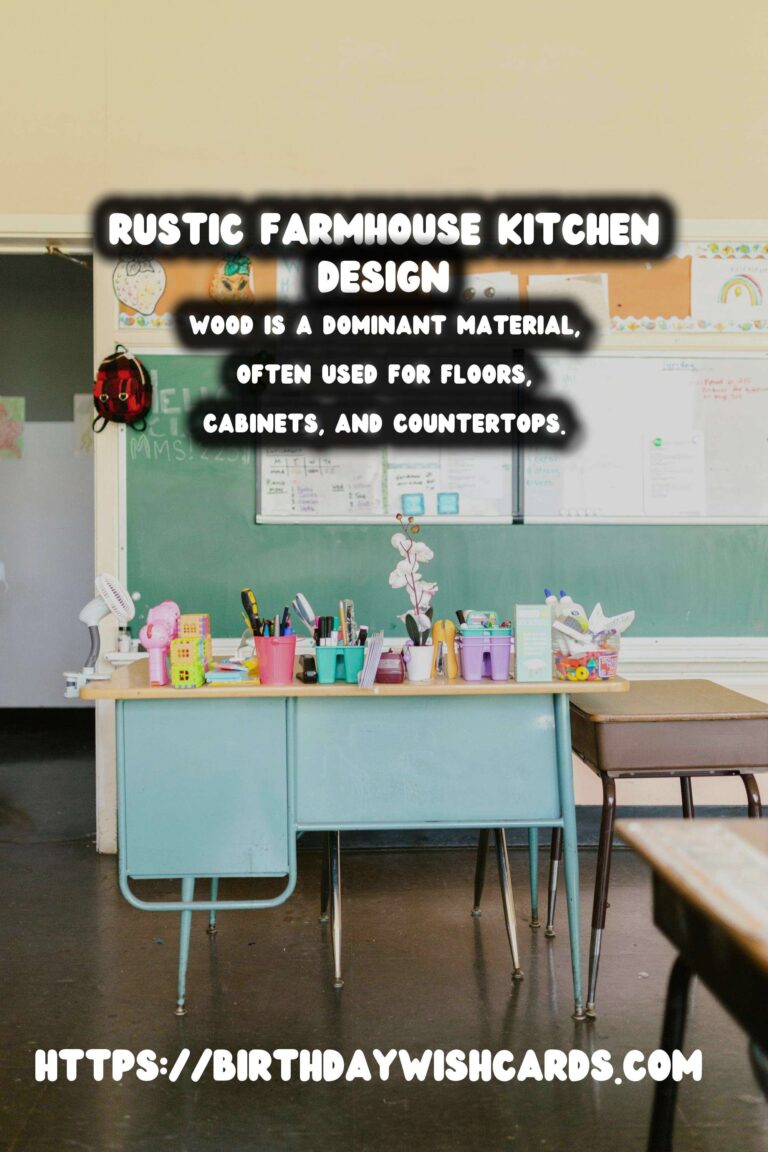
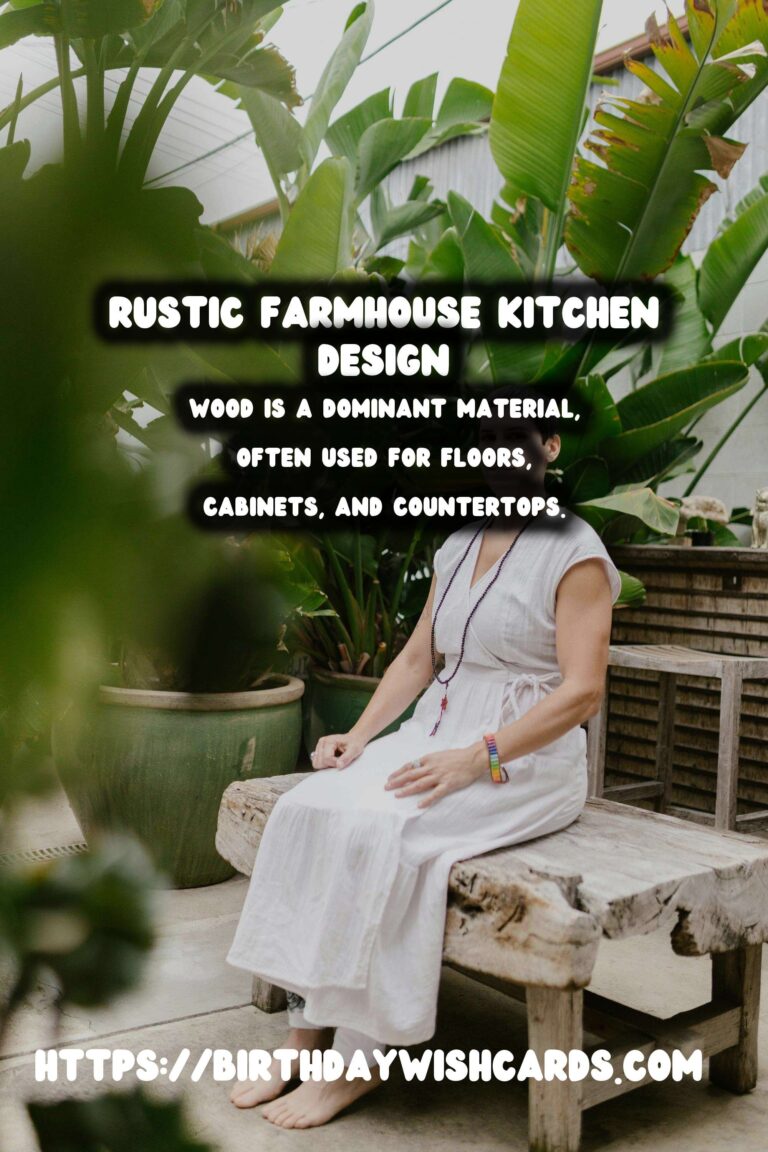
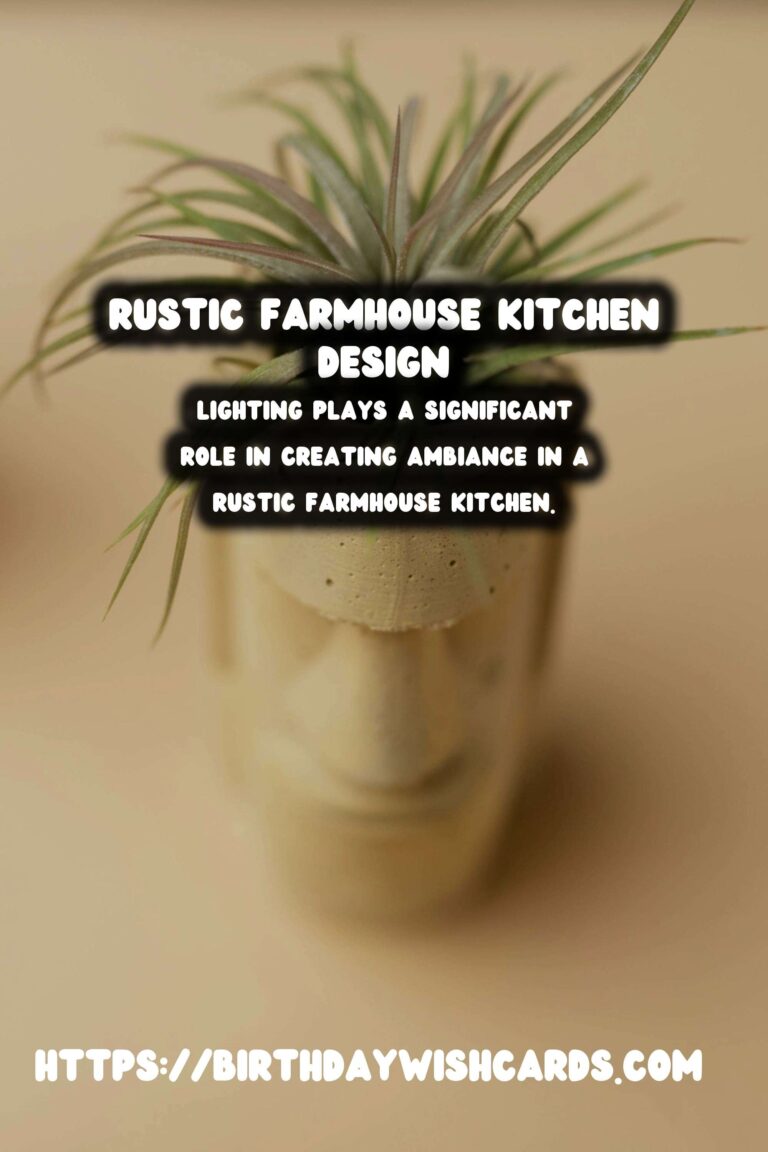
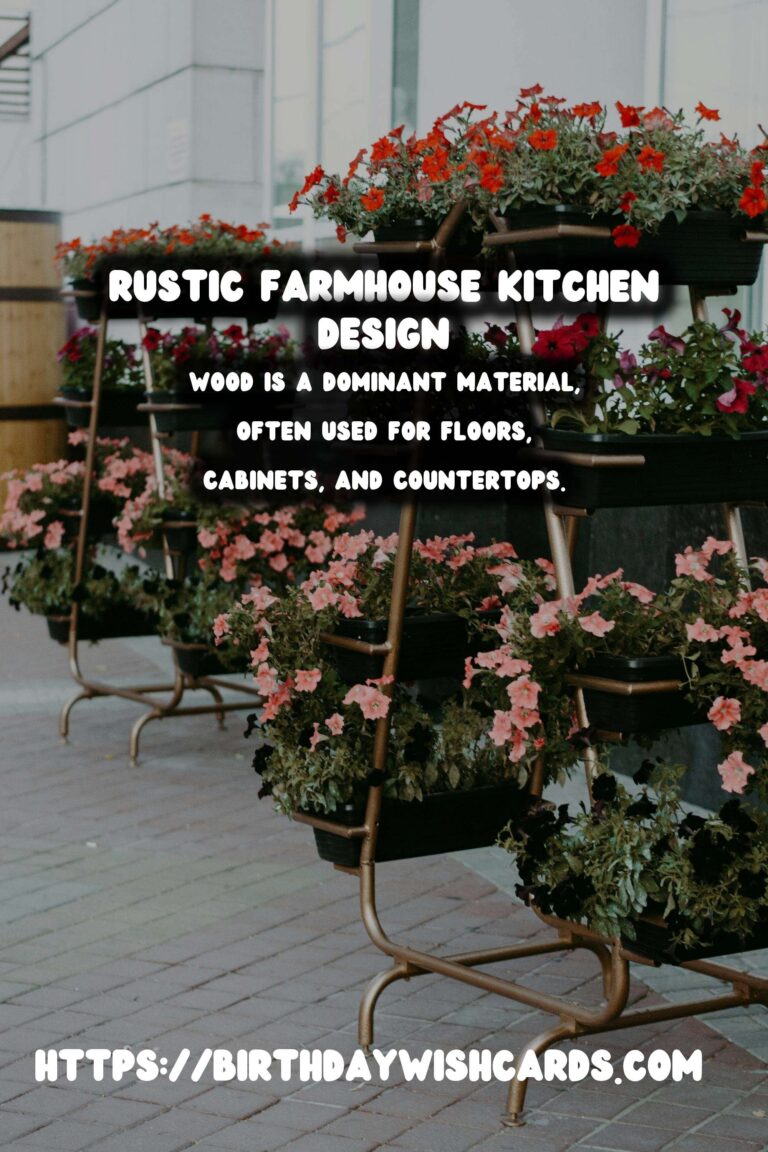
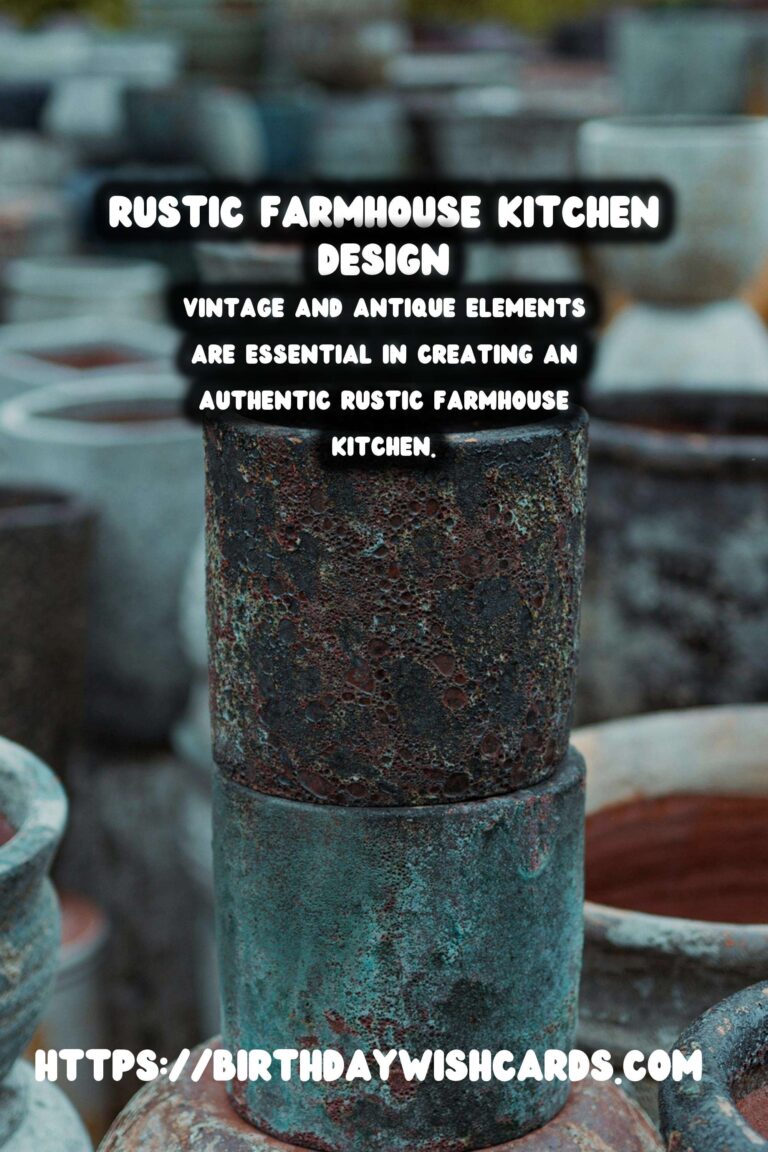
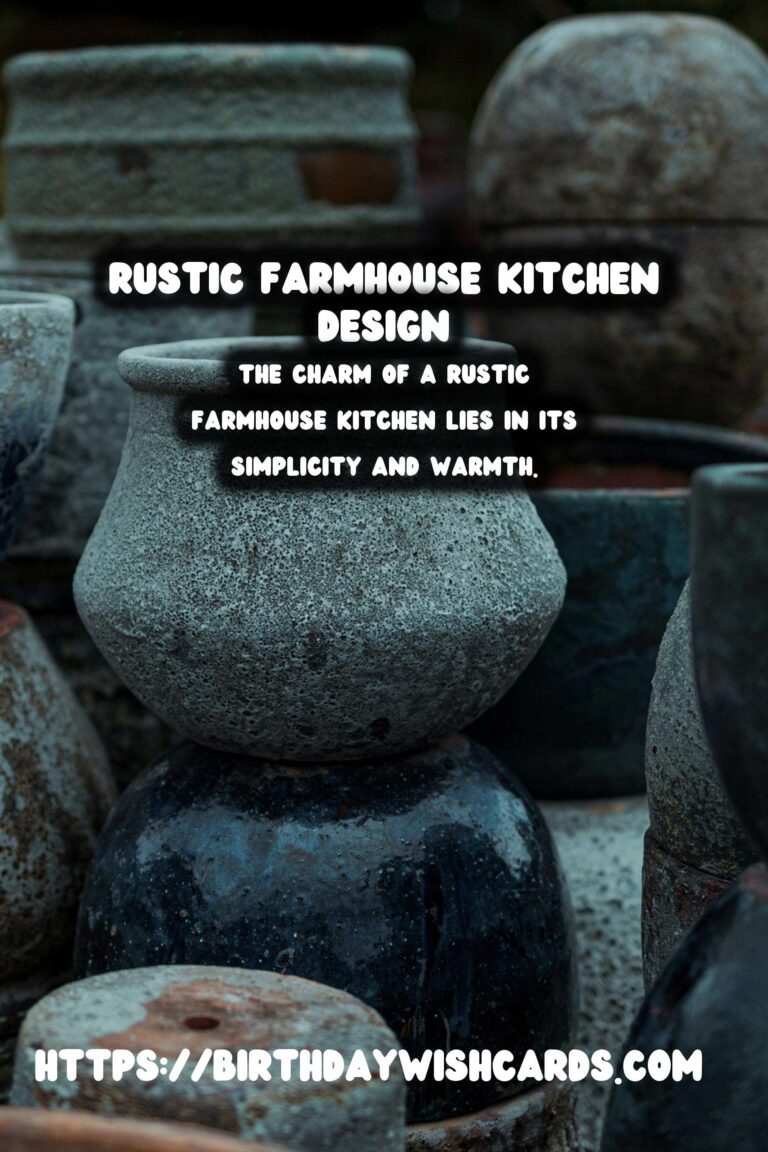
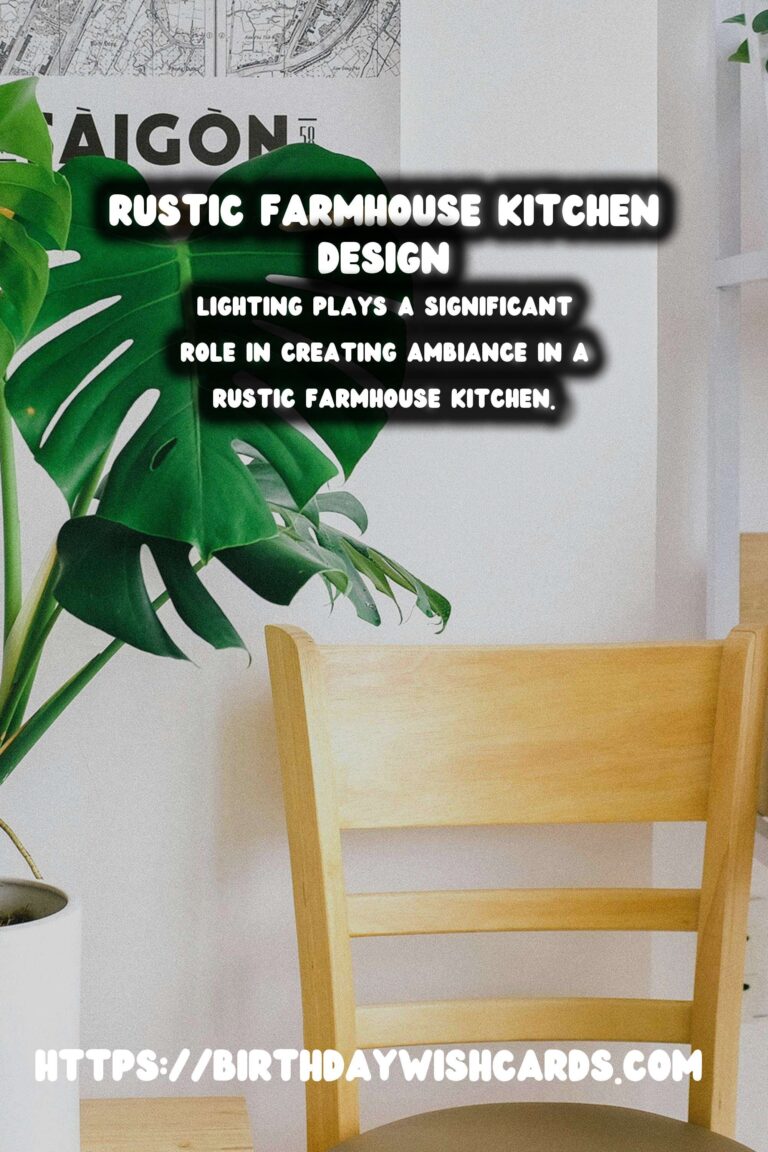
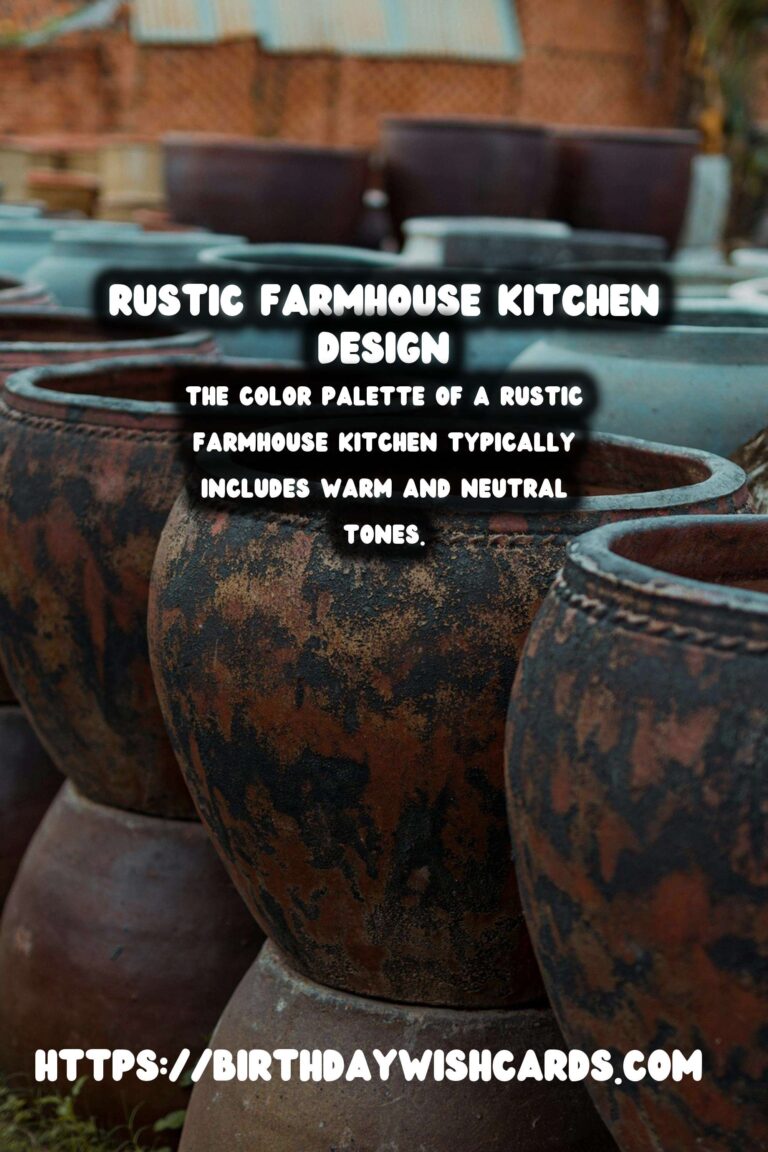
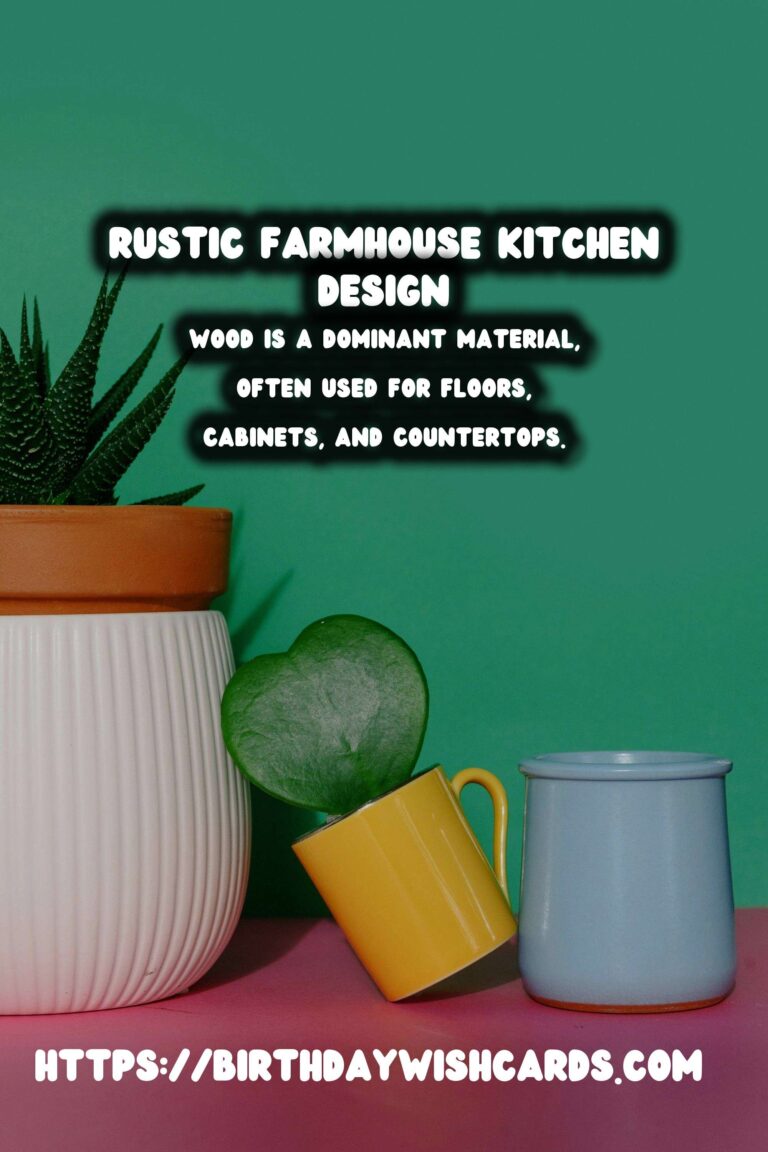
#RusticKitchen #FarmhouseStyle #InteriorDesign #HomeDecor #KitchenInspiration




